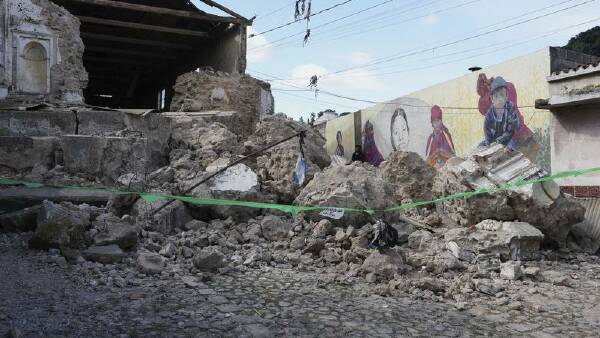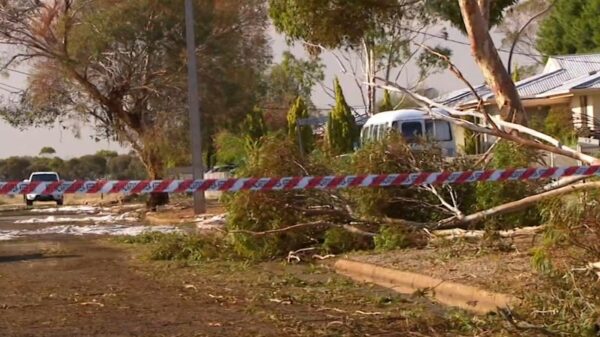A series of more than 150 earthquakes and aftershocks has struck Guatemala this week, resulting in the tragic deaths of four individuals. The seismic activity, which began on November 10, 2023, has seen magnitudes ranging from 3.0 to 5.7, causing widespread alarm among residents and authorities.
According to the National Institute of Seismology, Volcanology, Meteorology, and Hydrology (INSIVUMEH), the tremors have primarily affected the western regions of the country. Many of the earthquakes have been felt in major urban areas, including the capital, Guatemala City. The fatalities reported include two children who were killed when a wall collapsed in the province of San Marcos.
Emergency services have been deployed to assess damage and provide assistance. Local governments are urging residents to remain vigilant as aftershocks continue to occur. INSIVUMEH has reported that the seismic activity remains unpredictable, and authorities are closely monitoring the situation for any signs of further escalation.
In addition to the loss of life, numerous homes and buildings have sustained damage. Many families are now facing the prospect of temporary displacement as structural assessments are carried out. Local authorities are urging residents to stay away from damaged structures and to prepare emergency kits in the event of additional seismic activity.
Seismologists have highlighted that Guatemala is situated in a seismically active region, making it susceptible to earthquakes. This week’s events serve as a reminder of the ongoing risk faced by communities in the area. As the nation grapples with the aftermath, the focus will shift towards recovery and rebuilding efforts.
As of now, the government is coordinating with humanitarian organizations to provide support to affected families. Relief efforts are also underway to assist those who have lost their homes and possessions. The situation remains fluid, and updates will continue as more information becomes available.
Residents are encouraged to remain informed through official channels and to follow safety guidelines issued by local authorities. The impact of these earthquakes underscores the importance of preparedness in natural disaster-prone regions.































































